I have a depth map encoded in 24 bits (labeled "Original"). With the code below:
carla_img = cv.imread('carla_deep.png', flags=cv.IMREAD_COLOR)
carla_img = carla_img[:, :, :3]
carla_img = carla_img[:,:,::-1]
gray_depth = ((carla_img[:,:,0] + carla_img[:,:,1] * 256.0 + carla_img[:,:,2] * 256.0 * 256.0)/((256.0 * 256.0 * 256.0) - 1))
gray_depth = gray_depth * 1000
I am able to convert it as in the "Converted" image.
As shown here: https://carla.readthedocs.io/en/latest/ref_sensors/

How can I reverse this process (Without using any larger external libraries and using at most openCV)? In Python I create a depth map with the help of OpenCV. I wanted to save the obtained depth map in the form of Carla (24-bit).
This is how I create depth map:
imgL = cv.imread('leftImg.png',0)
imgR = cv.imread('rightImg.png',0)
stereo = cv.StereoBM_create(numDisparities=128, blockSize=17)
disparity = stereo.compute(imgL,imgR)
CameraFOV = 120
Focus_length = width /(2 * math.tan(CameraFOV * math.pi / 360))
camerasBaseline = 0.3
depthMap = (camerasBaseline * Focus_length) / disparity
How can I save the obtained depth map in the same form as in the picture marked "Original"?